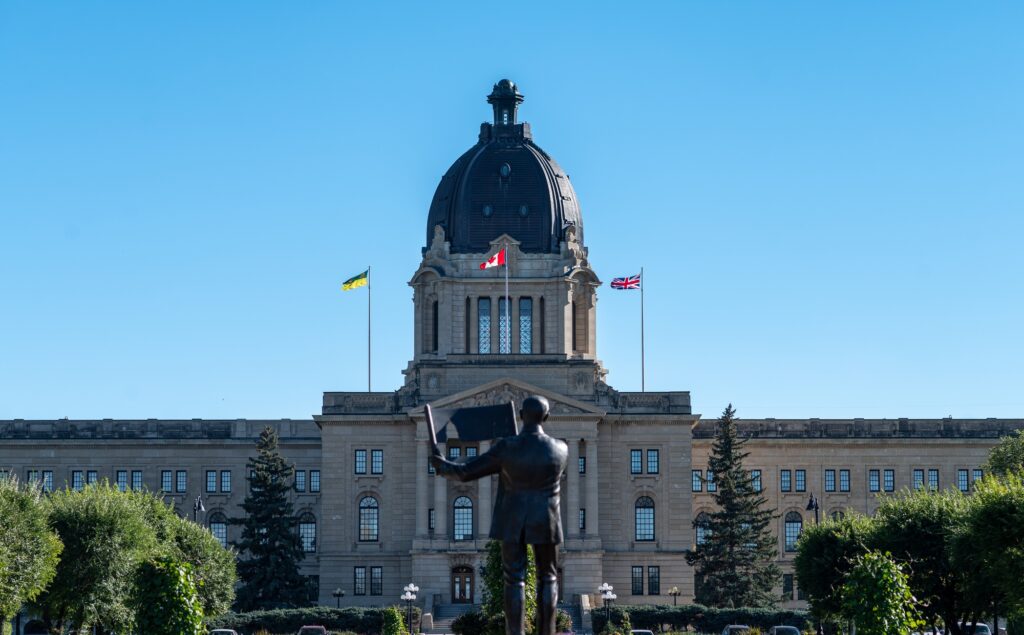Key Takeaways:
- The Saskatchewan Affordability Act focuses on reducing tax burdens and providing financial relief to families, seniors, and vulnerable groups.
- Major tax cuts and annual indexing of tax credits will help residents combat inflation effectively.
- Initiatives such as increased tax credits for small businesses and first-time homebuyers strengthen the province’s economic stability.
- Retention-focused programs, like graduate tax incentives, encourage young professionals to remain and contribute to Saskatchewan’s growth.
On December 2, 2024, Saskatchewan’s government introduced the Affordability Act, a landmark piece of legislation designed to reduce living costs and foster economic stability across the province. By targeting key financial stress points—taxes, housing, and support for vulnerable groups—the act underscores a proactive approach to addressing the challenges of modern life.
Tax Reforms: What Does This Mean for Families and Seniors?
The most significant achievement of the act is the largest income tax cut since 2008. Families earning $100,000 annually could save over $3,400 in four years, while seniors with a $75,000 income stand to save over $3,100. Additionally, more than 54,000 residents will no longer pay provincial income tax.
Seniors receive an additional $500 annually for the next four years, and tax rates will be indexed annually to counteract inflation. These measures not only provide immediate relief but also set a foundation for long-term affordability, making Saskatchewan a desirable province for middle-income families and retirees.
Support for Small Businesses and Economic Growth
Small businesses benefit significantly under the act. The corporate tax rate will remain at 1%, allowing more than 35,000 businesses to save $50 million annually. This measure encourages entrepreneurship and job creation, vital for economic resilience.
First-time homebuyers will see their tax credit increase by 50%, while homeowners can save up to $420 annually through the new renovation tax credit. These initiatives make homeownership more accessible and stimulate local economies.
Investing in Youth and the Future
To retain young professionals, Saskatchewan has increased graduate retention program tax credits by 20%. This ensures a steady influx of skilled talent into the province, creating a vibrant workforce.
Families also benefit from enhanced subsidies for children’s participation in sports and cultural activities, fostering a more inclusive community. These targeted investments position Saskatchewan as a forward-thinking province focused on its citizens’ well-being.
My Opinion: A Model for Sustainable Economic Policy
In my view, the Saskatchewan Affordability Act represents a thoughtful, balanced approach to economic policy. At a time when rising inflation and living costs challenge households worldwide, Saskatchewan’s government has demonstrated how effective reforms can directly address citizens’ concerns.
By focusing on vulnerable groups, empowering small businesses, and investing in youth, the act strikes a delicate balance between immediate relief and sustainable growth. Other regions should take note: this is how proactive governance can create a more inclusive and prosperous future for all.










